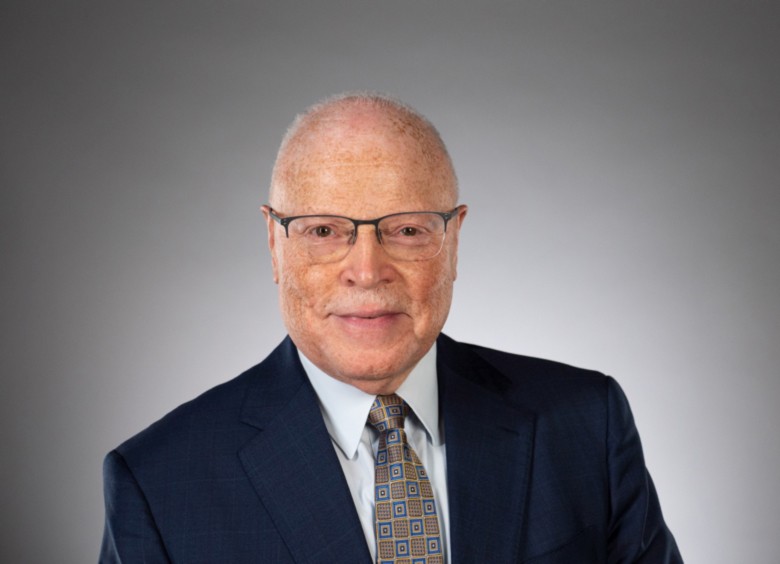By Lee Saunders
President, American
Federation of State,
County & Municipal
Employees (AFSCME)
As we prepare to celebrate Labor Day, it’s as exciting a time as any in recent memory to be a part of a union. Working people are seeing what the union difference is all about, and they want to be a part of it.
Unions are overwhelmingly popular as the newest Gallup poll on attitudes toward labor unions shows.
Across the country, there is a bold surge of worker activism, as more people raise their voice on the job and claim their seat at the table. Workers are organizing with renewed vigor and winning some of our best contracts in decades. In the cultural sector, for example, 6,000 workers at museums, libraries, zoos and other cultural institutions have joined AFSCME since 2019. Municipal workers in New Orleans – a part of the country that hasn’t historically been labor-friendly – won collective bargaining rights this summer.
In city after city, we are seeing that same energy and enthusiasm during local job fairs that AFSCME is sponsoring as part of “Staff the Front Lines” – our new initiative to recruit qualified people for vacancies in public service. Job seekers are flocking to these hiring events in droves – nearly 200 people showed up in Philadelphia on a recent Monday afternoon.

They have heard our message that public service jobs are good jobs that can support a family and provide a career path. These are very often union jobs that come with strong protections, plus a unique sense of solidarity and fellowship with your co-workers. You get excellent benefits, including a pension so you can one day retire with dignity. These are also jobs with a purpose that allow you to make a difference in the lives of your neighbors.
Our strategy is working.
After a huge drop in public sector employment during the pandemic, we are seeing a bounce back, especially in places where we enjoy strong partnerships with employers. Those best-in-decades contracts we’re negotiating are helping retain valued public service workers. And many employers are making steady progress bringing in new people who want to do work that strengthens their communities, while enjoying the rights and freedoms of union membership. Nationwide, July was the 16th consecutive month of growth in state and local government jobs, with a total of 315,000 added since the beginning of this year.
But there are still many positions to fill, and so we are casting a wide net. In many places, we are doing grassroots outreach to young people, to communities of color and to populations that are underrepresented in these jobs. That means, for example, working with faith leaders, asking them to spread the word in their churches and mosques that public service employers are looking for new talent – for nurses, corrections officers, sanitation workers, school bus drivers and more. We will do what it takes, because it’s critical that the public service workforce look like our communities.
Diversity in the public service has a rich history. Jobs in state and local government have been an economic lifeline for generations of Black people, especially when other doors of opportunity were slammed shut. This is my family’s story, so this is personal for me. My father drove a city bus in Cleveland, Ohio – a good union job that gave us some modest security and stability. We weren’t living on Easy Street for sure, but there was food on the table for dinner and a roof over my head at night.
We want to give more people of all races that chance – the chance to be one of the everyday heroes of public service, the chance to be a part of something bigger than yourself by joining a union.
This Labor Day, we honor the sacrifice of all working people. And we affirm that life is better in a union. In the months and years to come, through “Staff the Front Lines” and other campaigns, we will keep fighting to help more people discover the union difference.




